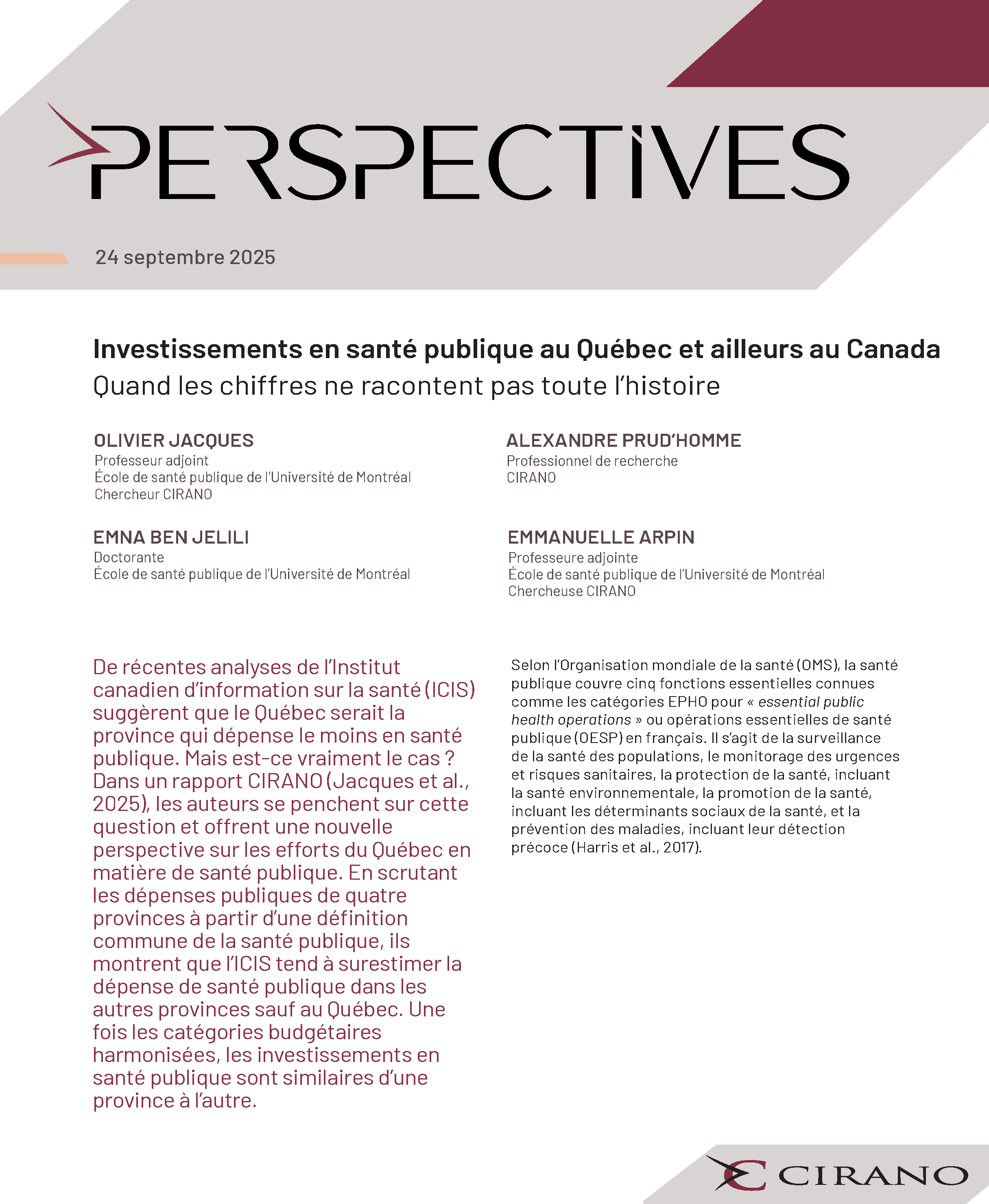Bank Leverage Regulation and Macroeconomic Dynamics
This paper assesses the merits of countercyclical bank balance sheet regulation for the stabilization of financial and economic cycles and examines its interaction with monetary policy. The framework used is a dynamic stochastic general equilibrium modelwith banks and bank capital, in which bank capital solves an asymmetric information problem between banks and their creditors. In this economy, the lending decisions of individual banks affect the riskiness of the whole banking sector, though banks do not internalize this impact. Regulation, in the form of a constraint on bank leverage, can mitigate the impact of this externality by inducing banks to alter the intensity of their monitoring efforts. We find that countercyclical bank leverage regulation can have desirable stabilization properties, particularly when financial shocks are an important source of economic fluctuations. However, the appropriate contribution of countercyclical capital requirements to stabilization after a technology shock depends on the size of the externality and on the conduct of the monetary authority.
[ - ]




